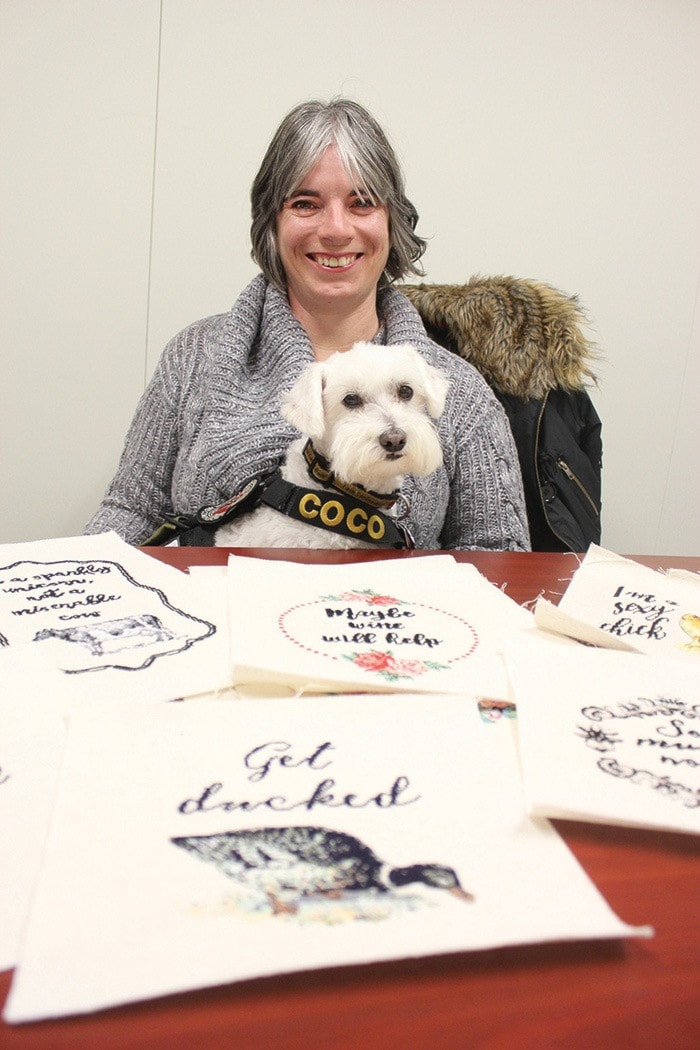The day Dana Batho joined the Canadian military was one of the proudest and happiest days of her life.
The New Zealand-native had travelled the world, living in Japan and New Zealand for eight years, before deciding to follow in the footsteps of many of the men in her life.
Her father had been a torpedo mechanic in the navy, her stepfather was a corporal in the army and her grandfather was also in the military — a tradition she was eager to continue.
At 35-years-old, Batho enrolled in military college in Kingston, Ontario and even managed to graduate one year early. But after only four years of working as an air force intelligence officer, Batho's career in the military came to a grinding halt.
She was in Nova Scotia for an infantry training program when she was injured. Three weeks into the program, the metal frame from her backpack got caught on the bottom of her helmet, pushing it down and forcing her head forward for most of the two-hour jog with 60 pounds of gear on her back. She spent another five weeks on the course, fearing she would have to return the following year to re-do it if she didn't complete it.
“My muscles just seized up. It's like muscle memory now, they've never let go,” said Batho, now a James Bay resident.
The pressure from Batho's backpack caused significant injury. She was unable to sit upright and it was difficult for her to move her arms and neck. After completing her masters, the injury was so severe, Batho withdrew from training.
In 2012, Batho was medically discharged from the military — a process she described as stressful and traumatic — and since then has been unable to work due to the injury. But she still needed something to keep her busy — a career of some sort.
That's when she decided to take up cross-stitching. It was something her mother taught her as a child, and as an avid painter, Batho wanted to continue to be creative but through a different medium, as painting caused strain on her neck.
Cross-stitching allows Batho to lean back in her chair, rest her arms on her torso and stitch.
“It really helps me focus on one thing. It helps calm me down,” said Batho, who stitches for a couple of hours most nights.
Batho's love of stitching has shifted online, where she teaches people how to do it using a needle, coloured floss and fabric through YouTube tutorial videos. She has also created a career from it with Peacock and Fig, a website that sells cross-stitching patterns.
Now, she's created a new collection of patterns called Vintage Sass.
Unlike traditional cross-stitching patterns that normally involve flowers and animals, Batho's patterns include “cheeky” sayings. One pattern, which has been particularly popular with some of Batho's 770 worldwide membership, says “Be a sparkly unicorn not a miserable cow,” with a picture of a cow. Another says “That's what she said,” and “Maybe wine will help.”
“It seems to bring up a lot of memories for people and reconnecting them with skills that their grandmother or mothers used to do in a way that they like,” Batho said, noting she has 49 patterns on her website, 10 of which are from Vintage Sass. “It's just so neat seeing people get into something that is very traditional but in a really fun, modern way.”
For more information visit peacockandfig.com.
